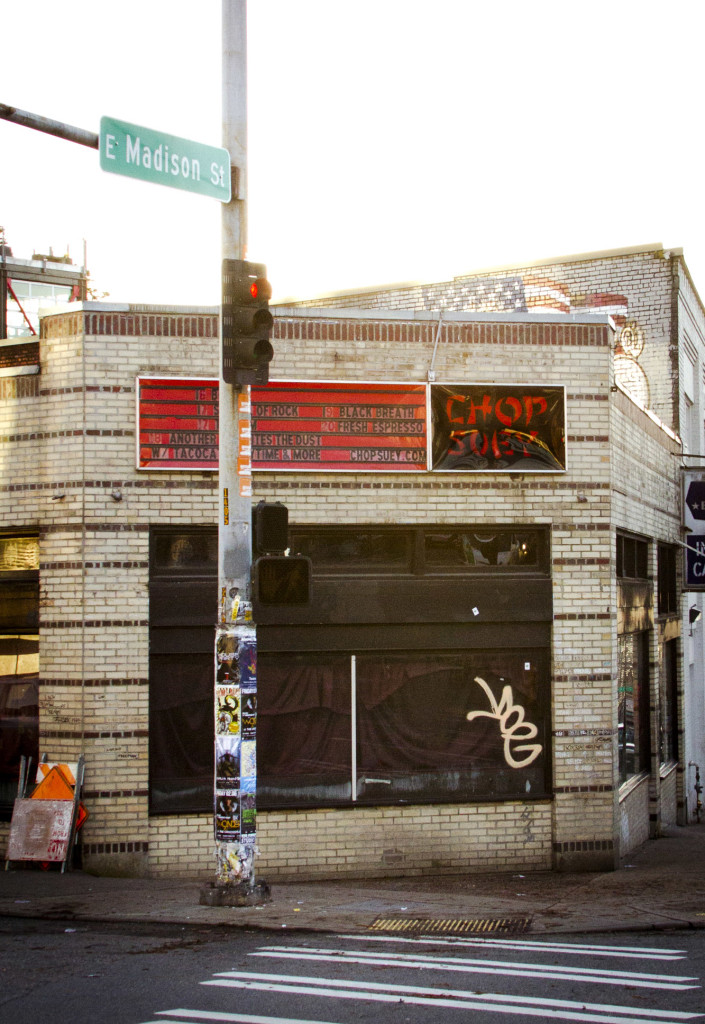


Jackson Pollock’s Composition with Red Strokes was executed in 1950 during the peak of his extraordinary creative output and is a central work to the artist’s oeuvre, demonstrating his new technique (estimate in the region of $50 million). Now firmly established as part of the 20th century art historical canon, many of de Kooning’s Woman paintings form the cornerstones of major international museum collections and as such, Woman as Landscape is one of the only paintings from this important period of the artist’s career to remain in private hands. The shocking female forms sensationalized the art world, energizing and scandalizing in equal measure, but his vivid brushwork came to represent the dramatic shift in art that occurred in the postwar years, a change that would alter the course of art history. Measuring over five and a half feet tall, Woman as Landscape is a heroic painting that encompasses the painterly bravado and radical use of color that singled out de Kooning as a leader of the Abstract Expressionist movement, and one of the pre-eminent painters of his generation. Executed at the height of the artist’s career in 1955, this large-scale canvas belongs to a small group of works that are well positioned among the most powerful paintings in American art. Willem de Kooning’s Woman as Landscape is a tour-de-force of 20th century painting (estimate in the region of $60 million). Chop Suey was included in the groundbreaking retrospective at the Grand Palais in Paris 2012-13, which broke attendance records for the location. The most important painting by Hopper left in private hands, Chop Suey epitomizes the psychologically complex meditations for which the artist is best known, while uniquely capturing the zeitgeist of New York during one of its most interesting eras of transition. While having its roots in the French Impressionist and Ashcan traditions of painting city life, Chop Suey incorporates a thoroughly modern play of light and color to capture a specific restaurant that the Hoppers frequented on the Upper West Side of New York. As in his masterwork Nighthawks (1942, Art Institute of Chicago, Chicago, Illinois), Hopper’s 1929 painting Chop Suey distills the atmosphere of this everyday eatery into a cinematic scene that at once depicts an implicit narrative while creating clear allusions to broader themes of social isolation, gender roles and art historical tradition. Possibly derived from a Cantonese phrase, tsap sui, meaning ‘odds and ends,’ chop suey referred not only to a low-cost stir-fry dish but, moreover, to a public destination where the societal fusion of different cultural elements of the modern city came together. Ebsworth’s most prized possessions (estimate in the region of $70 million). A seminal composition within the landscape of American Modernism, Edward Hopper’s Chop Suey was one of Mr.


 0 kommentar(er)
0 kommentar(er)
